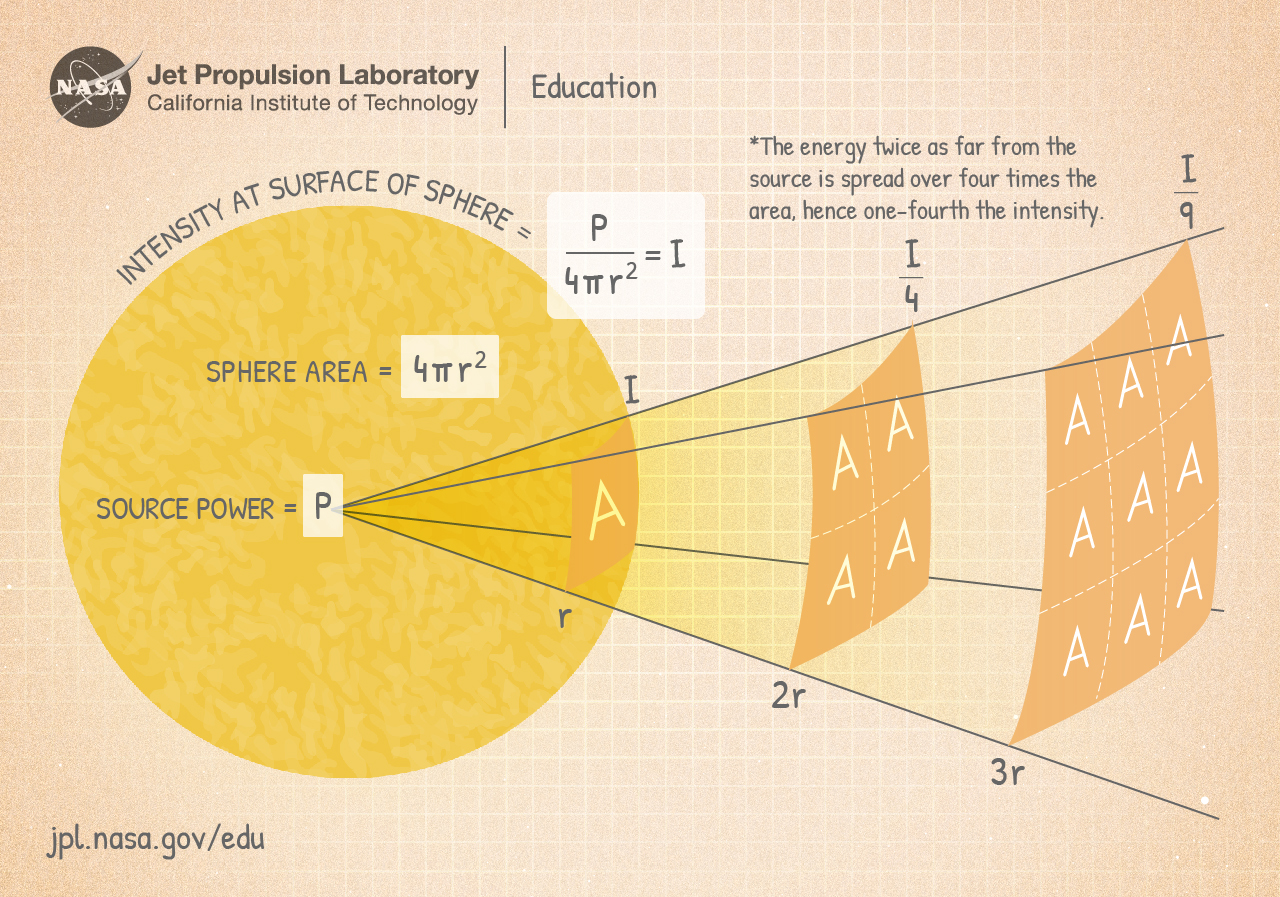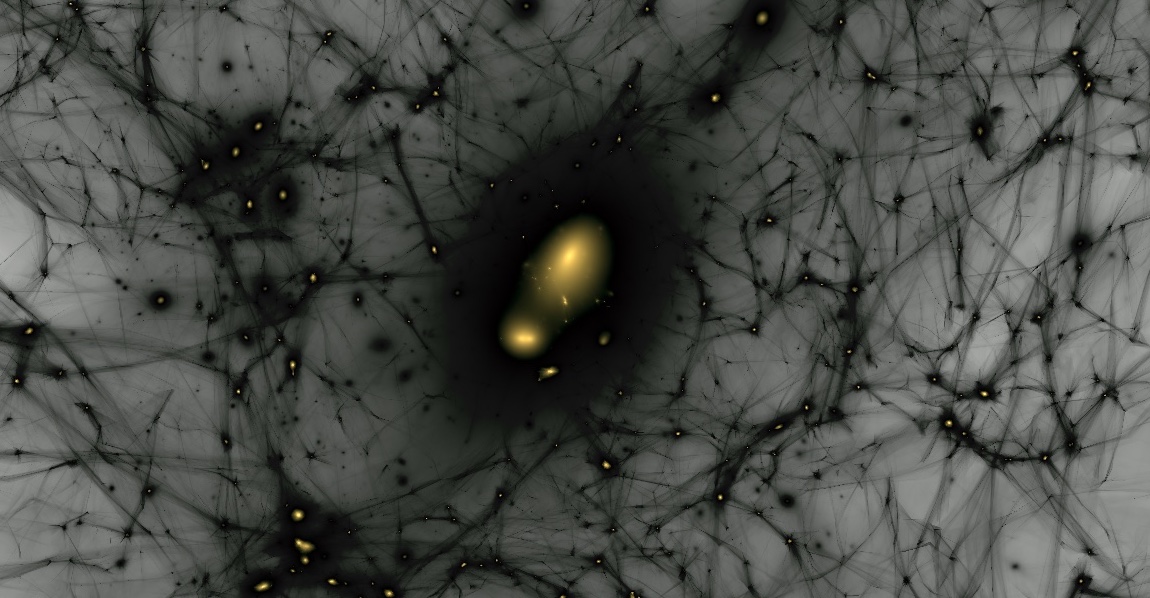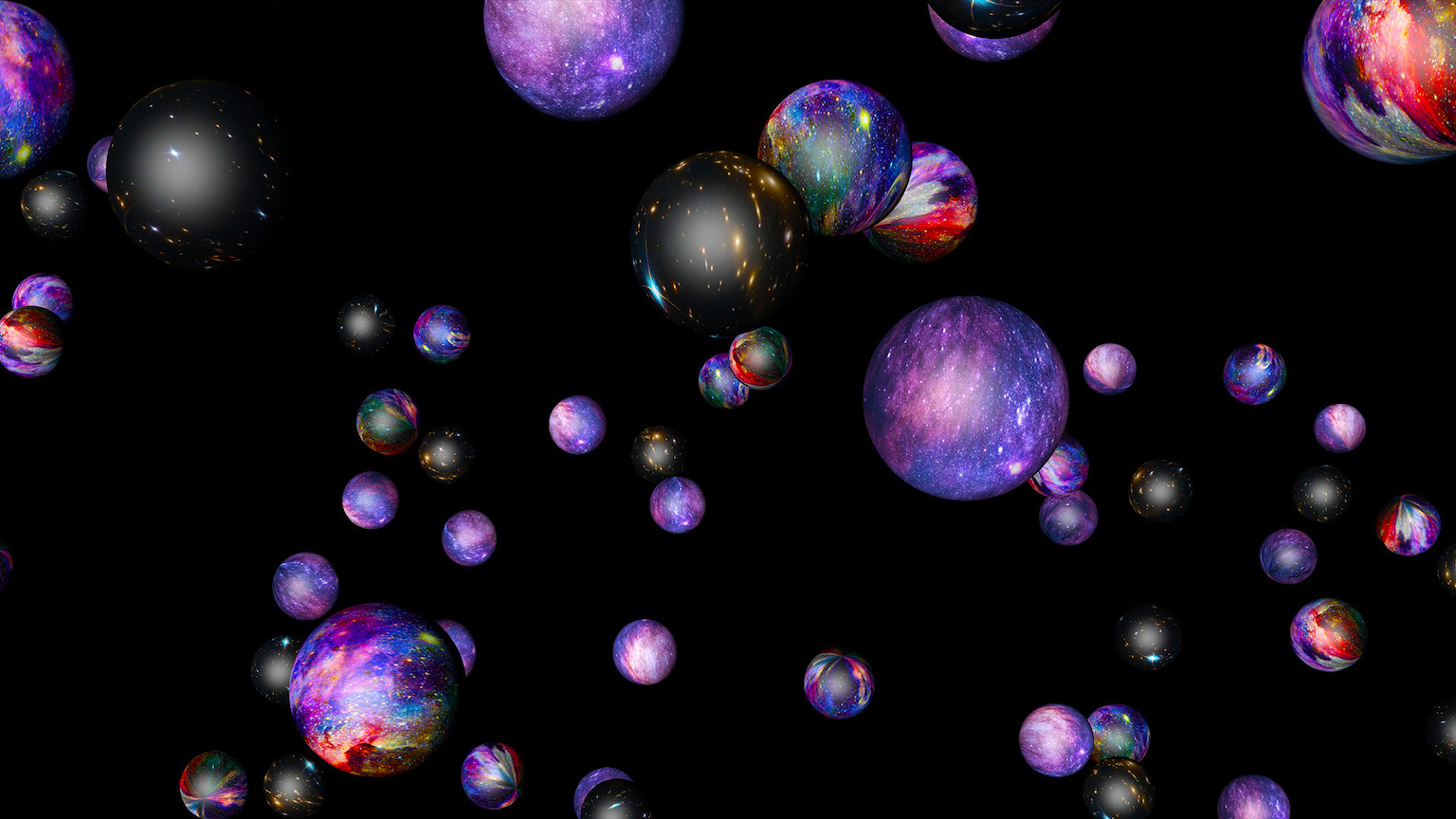Are parallel universes real?

- If additional dimensions of space exist beyond the three we experience, then parallel universes might also exist.
- Some sci-fi enthusiasts have speculated that parallel universes are an explanation for the phenomenon of ghosts and the observed anomalous rotation rates of galaxies.
- However, empirical studies of light and gravity show that they operate in three dimensions, meaning that they could not cross from one universe into another.
Modern science can rule out some ideas, but not all of them. The possibility of the existence of parallel universes — which crucially depends on the definition of “parallel” — might be one of those ideas.
A 2D thought experiment
We live in three dimensions, meaning that we can go left/right, up/down, and forward/backward. Living in our 3D world, it is difficult to envision a fourth spatial dimension, so let’s explore the concept with two dimensions existing in a three-dimensional space. Suppose we could only live in two dimensions. If those two dimensions were flat, this means that we would live on a plane. In this two-dimensional world, we would go about our lives moving east/west and north/south — but never climbing a set of stairs.
Now, imagine that despite our two-dimensional experience, the actual universe is three-dimensional. Suppose further that another two-dimensional universe exists, and that universe is oriented parallel to our own, with a tiny separation in between. Now imagine another and another. If such a situation existed, it very much would resemble a stack of large sheets of paper, with each sheet a complete, two-dimensional universe, stacked in three dimensions. Could parallel universes defined in this way exist? And what strange phenomena might arise?
The ghost hypothesis
You could imagine that creatures living on two adjacent sheets of paper could move in tandem, separated by only a tiny gap in the third dimension. Some people have imagined that this explains “ghosts.” According to this hypothesis, what some people believe are ghosts are actually individuals in a parallel dimension. The fact that they are seen only faintly is because their images just barely cross from their dimension to ours.
But science has something to say about this. We know from many experiments that the intensity of light decreases with the square of the distance between the source and your eyes. (Known as the inverse square law, it shows that the intensity of light is proportional to 1/distance2.) What is less well known is that this reduction of light intensity is a measure of the number of dimensions through which light can travel.

Light from a source, such as a light bulb, spreads out through a series of concentric spheres that are centered on the source. The surface area of a three-dimensional sphere is proportional to the square of the radius (surface area = 4πr2), and the intensity of the light spreads out evenly over the sphere. As it turns out, the “2” (which means “squared” in the 1/distance2 formula) is equivalent to one less than the number of dimensions through which light can travel. In other words, light can travel through three spatial dimensions, and 3 – 1 = 2, which is the number in the formula.
This means that a “ghost” cannot be explained by light coming from a parallel dimension. If that was actually true, then light could travel through four dimensions instead of three, and the light intensity formula would be 1/distance3 (since 4 – 1 = 3). But we know from measurements that light intensity decreases as the distance squared, not distance cubed — so light travels in only three spatial dimensions.
Strange attraction
This observation is also relevant to another astronomical mystery. Astronomers have known for half a century that galaxies rotate faster than the known laws of gravity and motion can explain. Essentially, the galaxies act as if they have more mass than can be observed. This is one reason why astrophysicists posit the existence of dark matter. Sci-fi enthusiasts have speculated that perhaps what we are seeing is the effect of mass from parallel worlds. In this conjecture, the rotation of galaxies is so fast because gravity from parallel universes adds to the mass we can see.
While creative, this explanation can be disproved using the same logic that disproves parallel universes as an explanation for ghosts. If gravity could indeed travel between parallel worlds, its strength would not drop off as the square of the distance between two bodies but as the cube of the distance. But we know from measurements that isn’t true.
Case closed on parallel universes?
If precise measurements of the behavior of light and gravity rule out the possibility that they can travel in more than three dimensions, does that rule out the possibility of parallel worlds? Not entirely. After all, the argument depends on matter and energy from one universe interacting with the matter and energy of another. If no interaction is allowed, then we have no data that can rule out that conjecture.
On the other hand, we also have no data that rules out invisible pixies who live in your broom closet and leave no trace. But, with no data to suggest they exist, we conclude that they probably don’t. Similarly, with no data that suggests that parallel worlds exist — in the sense of individual universes that exist in higher dimensions and can interact with one another — we can conclude that parallel universes defined thusly probably don’t exist.
Mind you, there are other possible meanings to the phrase “parallel worlds,” and this logic doesn’t apply in those cases. So, it is not possible, merely on the basis of scientific data, to make a global statement on the matter. But ruling out one conjecture is a start. And stepping over the bodies of discarded theories is how science progresses.





